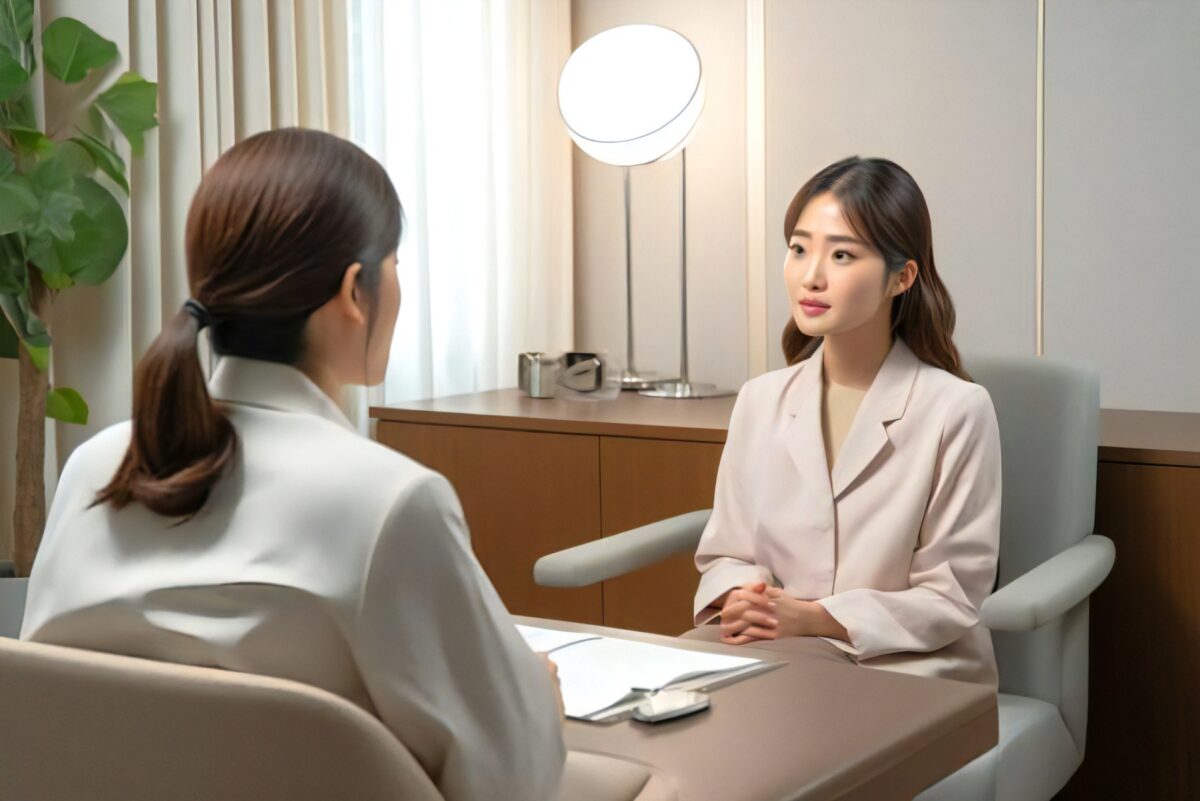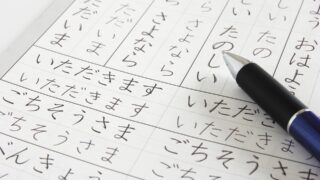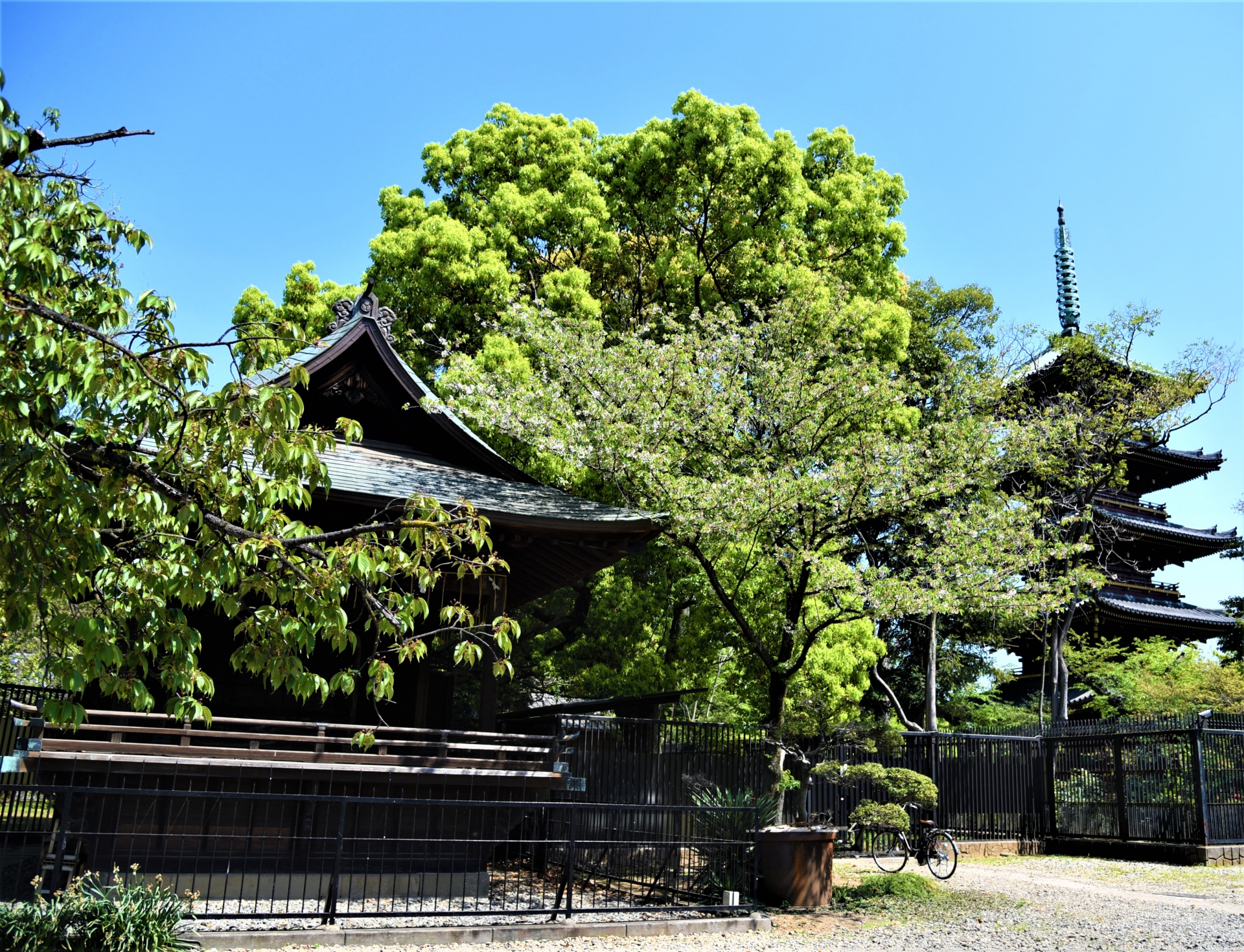
Mao Goto is a Japanese freelancer who was born in Hayama, Kanagawa prefecture, and raised in Tokyo. Since 2016 she lives in the Taito Ward, home to a lot of Japanese culture hotspots such as Asakusa, Akihabara, and Ueno. She has been interested in the field of English education in Japan and got her Master’s degree in March 2020. A lover of photography, travel, sweets, and cross-stitch. Contact her via Facebook.
This post may contain some affiliate links. When you click through and make a purchase we may receive some commission, at no extra cost to you.
Have you ever seen or heard the words “san” or “sama” after a person’s name when speaking or reading Japanese? These are called “honorifics” and are necessary when calling people by their names. Without them, depending on the occasion, it could be considered rude to call someone only by their name. But under what circumstances are honorifics used in Japanese? In this article, we will focus on the common honorifics in Japanese.
1. Sama

One of the most frequently used honorific titles in Japanese is “sama (様).” It is often used when addressing someone in a letter, or when addressing a customer or business partner in a business setting. It sounds quite formal, so it is not used among friends or family members.
Examples:
- (Situation of being in a hospital)
受付係: 伊藤俊哉様、伊藤俊哉様。お医者さまがお呼びです。診察室へどうぞ。
Itoh Toshiya sama, Itoh Toshiya sama. Oishasama ga oyobi desu. Shinsatsushitsu he dozo.
(Receptionist: Mr. Toshiya Itoh, Mr. Toshiya Itoh. The doctor wants to see you. Please go to the examination room.)
- (A situation where you write the name and address in a letter.)
〒〇〇○-◯◯◯
△△県××市 ○-○-○
山田 太郎様
―――――――――――――――――――――
〒〇〇○-◯◯◯
△△ prefecture××City ○-○-○
Yamada Taro Sama
2. San

“San (さん)” is also a commonly used honorific in Japanese, and is used in a more informal manner than “sama.” It is often used between acquaintances, colleagues at work, and close friends. In quite formal situations such as business, this honorific is rarely used because it sounds more casual than “sama”. After studying Japanese, if you have the chance to talk with Japanese people, it is safest to use “san” when referring to them by their names.
Example:
田中: 岩田さん、おはようございます。今日も一緒に頑張ってお仕事しましょう!
岩田: 田中さん、おはようございます。とても元気そうですね。はい、一緒に頑張りましょう!
Tanaka: Iwata-san, ohayo gozaimasu. Kyou mo issho ni gambatte oshigoto wo shimasho!
Iwata: Tanaka-san, ohayogozaimasu. Totemo genkisou desu ne. Hai, issho ni gambari mashou!
(Tanaka: Good morning, Iwata-san. Let’s work hard together today!
Iwata: Good morning, Mr. Tanaka. You look very energetic. Yes, let’s work hard together!)
3. Kun

“Kun (君)” is used mainly for men, but not for women. Characteristically, it is used when an older person refers to a younger man or to a man of the same age. For example, “kun” is often used to refer to a boy or to a male classmate. On the other hand, when a younger person uses this honorific for an older man, it often feels rude to the other person, so it should not be used in that instance.
Example:
しょうた: 先生、算数のテストで100点を取りました!やったー!
先生: あら、すごわね!おめでとう、しょうたくん!勉強、頑張っていますね!
Shouta: Sensei, sannsuu no tesuto de hyakuten wo torimashita! Yatta〜!
Sensei: Ara, sugoi wane! Omedetou, Shouta-kun! Benkyou, gambatte imasune!
(Shota: Teacher, I got full marks on my math test! Yay!
Sensei: Oh, that’s great! Congratulations, Shota! Seems you are studying very hard!)
4. Chan

“Chan (ちゃん)” is used in opposition to “kun,” which is mainly used for women but not for men. It is safe to assume that “chan” is the female version of “kun.” However, it is important to note that it is best to avoid using “chan” for female employees by male supervisors or coworkers at work. Some women may be very uncomfortable with this terminology, so it is better to use the honorific “san” instead.
Example sentence:
ゆきや: あきなちゃん、今日の学校のテストできた?僕, できなかったよ。
あきな: 私は出来たよ。多分いい点を取れてると思う!
Yukiya: Akina-chan, kyou no gakkou no tesuto dekita? Boku, dekinakatta yo.
Akina: Watashi wa dekita yo! Tabun iiten wo toreteru to omou!
(Yukiya: Akina, did you do well on today’s school test? I didn’t.
Akina: I did. I think I got a good score!)
5. Shi

The last honorific introduced here is “shi (氏).” Shi is a Japanese honorific rarely heard in conversation, and is often used in very formal settings. You can use it to address either women or men. It is mostly used when reporting on a particular person in the newspaper or television news, or when giving someone’s name in a formal speech.
Example: (Situation that you are watching the news on TV.)
ニュースキャスター: 速報です。先日の○○市長選挙の結果、新人の藤原秀明氏が当選確実となりました。藤原氏は・・・
Newscaster: Sokuhou desu. Senjitsu no ○○ shichou senkyo no kekka, shinjin no Fujiwara Hideaki-shi ga tousen kakujitsu to narimashita. Yamda-shi wa …
(Newscaster: Breaking News just came in. As a result of the recent ___ mayoral election, newcomer Hideaki Fujiwara has been declared the winner. Mr. Fujiwara is…)
In this article, we have learned about honorific titles commonly found in the Japanese language. Have you ever seen or heard of any of them before? If you are familiar with these honorifics, you will be able to use them effectively in business and formal situations. Let’s learn the correct Japanese honorifics and use them correctly. You will be sure to impress other people!
Japan Wonder Travel Tours
Japan Wonder Travel is a travel agency that offers guided tours throughout Japan.
From private walking tours to delicious Food and Drink tours, we can help you organize the best tours just for you! If you want to explore Japan and learn more about the history and backstories of each area you are visiting, our knowledgeable and friendly English speaking guides will happily take you to the best spots!
In addition, we can provide you with any assistance you may need for your upcoming trip to Japan, so please feel free to contact us if you have any questions or need some help!
▶Tokyo Tsukiji Fish Market Food and Drink Tour
Explore the most lively and popular fish market in Tokyo and try some of the local’s favorite street foods and sake with one of our friendly and knowledgeable English speaking guides!

▶Tokyo 1–Day Highlights Private Walking Tour (8 Hours)
There’s no better way to explore an area than taking a tour with a knowledgeable local guide. You will have the chance to learn about the history and interesting background stories of Tokyo, as well as discover some hidden gems which can be hard to do without a guide.

▶Mt. Fuji Day Trip Bus Tour from Tokyo
Experience the breathtaking views of Mt. Fuji by visiting the highlights of the area on our guided sightseeing bus tour! Departing from Shinjuku in central Tokyo, you can travel comfortably to all of the best spots in the area by bus.

▶Kyoto Private Full Day Walking Tour
On this full-day private tour of Kyoto, you will be able to see the highlights of Kyoto in just one day and at the same time develop a deeper understanding of both the culture of the area and Japan as a whole.

Follow us on Instagram, Facebook, Twitter, and TikTok for more travel inspiration. Or tag us to get featured!
Happy traveling!
Stay informed of the best travel tips to Japan, the most exciting things to do and see, and the top experiences to have with the Japan Wonder Travel Newsletter. Every week we will introduce you to our latest content.





